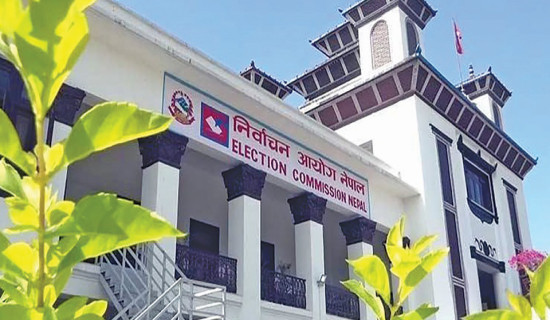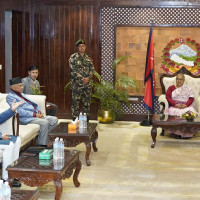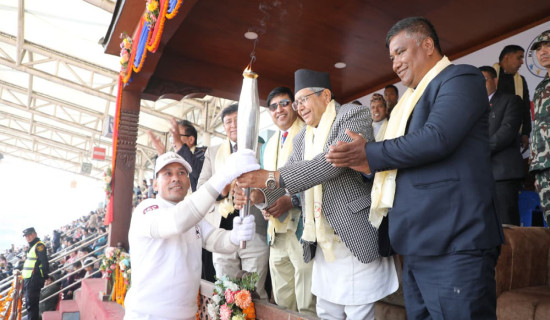- Sunday, 28 December 2025
Is leprosy making a comeback in Nepal?
BY AJITA RIJAL,Kathmandu, Jan. 31: Even though Nepal achieved the elimination of leprosy as a public health problem in December 2009 and declared its elimination in 2010, new cases continue to emerge, mostly in the Terai districts.
According to government data, more than 2,000 new patients of leprosy were detected in the fiscal year 2021/22.
According to the Leprosy Control and Disability Management Section of Epidemiology and Disease Control Division under the Department of Health Services, 2,285 new leprosy patients were detected in a year. The leprosy outbreak is still found in 16 districts across the nation.
Most of the patients were detected in Bara, Jhapa, Morang, Siraha, Dhanusha, Mahottari, Sarlahi, Rautahat, Parsa, Nawalparasi, Rupandehi, Banke, Bardiya, Kailali, Kanchanpur and Achham districts.
According to Dr. Prasanna Napit, chief at the Leprosy Control and Disability Management Section, of the total cases, 2,373 became disabled due to leprosy, of whom 73 were children.
Dr. Napit informed that there are a total of 910 leprosy cases in Madhes Province, which is around 40 per cent of the total cases recorded across the nation while Saptari district of the province has no leprosy case.
Likewise, 581 cases in Lumbini Province, 345 in Province 1, 205 in Sudurpaschim and 68 in Karnali were recorded. The number of leprosy patients is less in Gandaki and Bagmati provinces compared to other provinces.
Dr. Napit informed that the disease is transmitted through droplets from the nose and mouth. In order to catch the disease, prolonged close contact with untreated leprosy patients is needed. When the patient begins the
treatment, they stop transmitting the disease, he added.“Leprosy is a less contagious disease. More than 99 per cent of germs are inactivated once multidrug therapy is started.”
According to the World Health Organistaion (WHO), leprosy is a chronic infectious disease which is caused by a type of bacteria called Mycobacterium leprae.
The disease affects the skin, the peripheral nerves, mucosa of the upper respiratory tract, and the eyes.
Leprosy is curable and treatment in the early stages can prevent disability. Apart from the physical deformity, persons affected by leprosy also face stigmatisation and discrimination, as per the WHO.
According to WHO, leprosy is diagnosed by finding at least one of the following symptoms: definite loss of sensation in a pale or reddish skin patch, thickened or enlarged peripheral nerve, with loss of sensation and/or weakness of the muscles supplied by that nerve and microscopic detection of bacilli in a slit-skin smear, among others.
On the occasion of the 70th World Leprosy Day 2023, on Sunday, the Ministry of Health and Population launched the National Leprosy Strategy and Action Plan (2021-25), aligning with the Global Leprosy Strategy (2021-30) and National Roadmap for Zero Leprosy (2021-30).
The strategy, developed with support from WHO, envisions a leprosy-free Nepal, and aims to achieve elimination of leprosy defined as interruption of transmission (zero new autochthonous child leprosy cases for consecutive five years at the local level).







-square-thumb.jpg)









